Our Trip Down Under
Australia and New Zealand
January 26 - February 16, 2012
(Second Leg - New Zealand's South Island)
| Our first views of New Zealand, after two days steaming from Tasmania, was Fiordland National Park, Milford Sound in particular. | 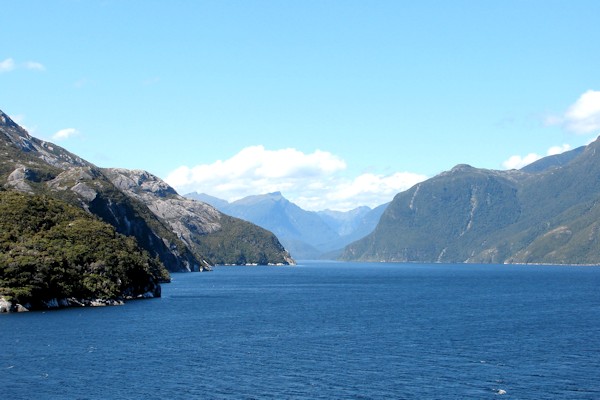 |
| Our trip though the fiords took us in and out of thick clouds, depending upon the wind direction. | 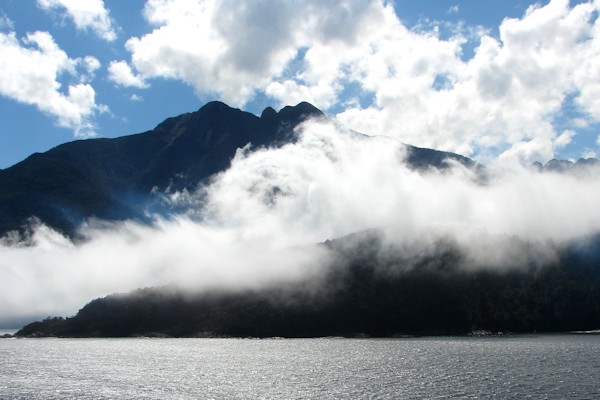 |
| While the New Zealand fiords seem more lush than the Norwegian fjords, there were plenty of rocky crags and a few glacier-topped peaks. | 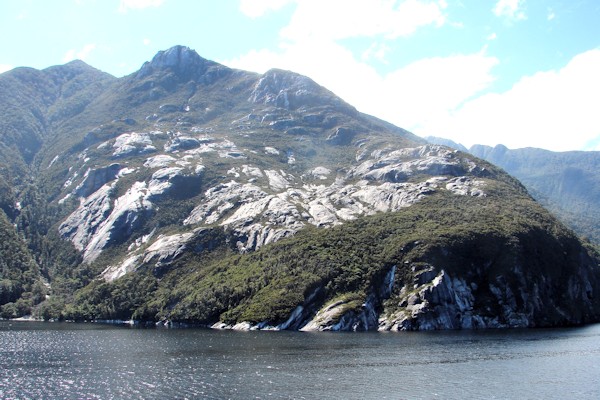 |
| And here, after several hours of touring, the ms Volendam moves away from the fiords. | 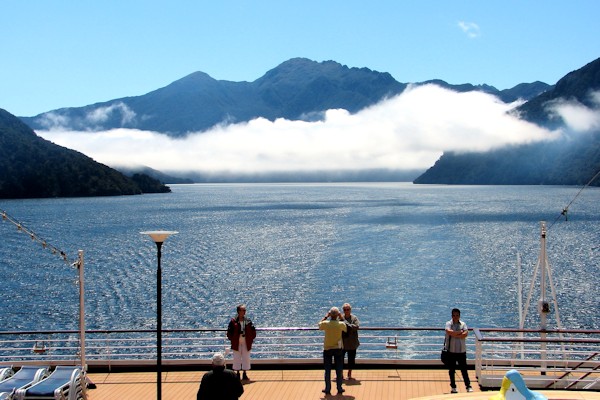 |
| Our first step onto New Zealand soil was at the town of Dunedin. Its name is a simplification of the Celtic
name for Edinburgh. The town was founded by laymen from the Free
Church of Scotland in 1848, escaping persecution at home. This building is the Dunedin Courthouse, built in Victorian Gothic in 1902, but it was refurbished about 10 years ago. |
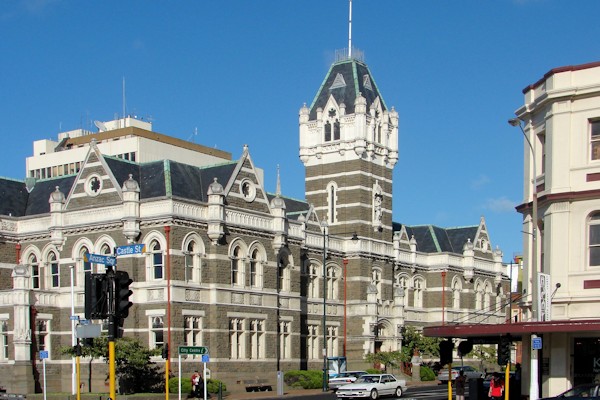 |
| The Regent Theatre is the largest in Dunedin, and our guide is both a local magistrate and a patron of this theater. He also shows off the local tartan. | 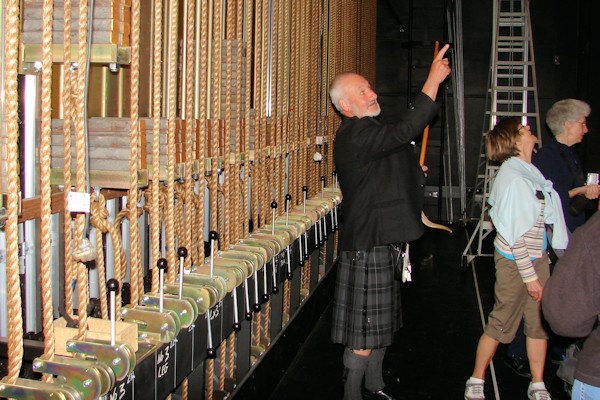 |
| Dunedin is the site of the first university established in New Zealand. This is the tower at University of Otago, which was opened in 1871. It currently has about 22,000 students. | 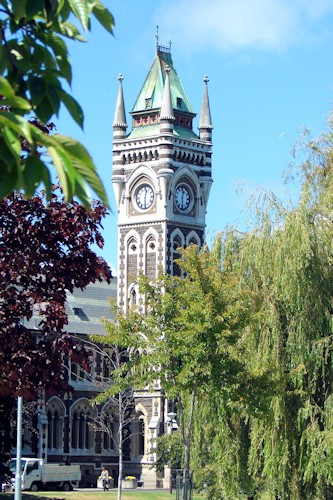 |
| In the center of Dunedin, the open space is called the Octagon, and at its highest point, Bobby Burns keeps his patient watch. The idea of Scotland is never hidden in Dunedin. | 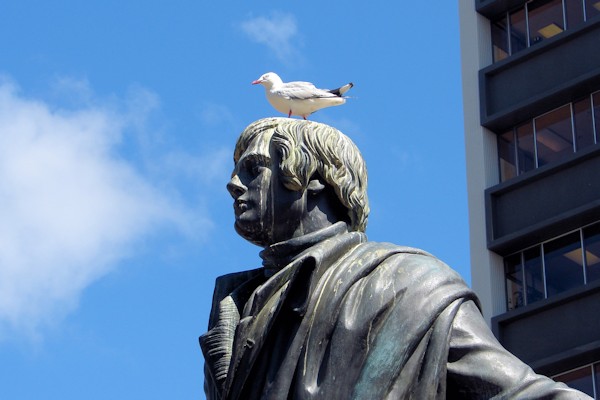 |
| Lyttelton is the normal harbor supporting Chirstchurch, New Zealand, but the series of earthquakes that started in September 2010 have left it incapable of serving a ship like the Volendam. Consequently, we anchored in Akaroa Bay, actually the caldera of a long extinct volcano. We were anchored off to the right of this picture. | 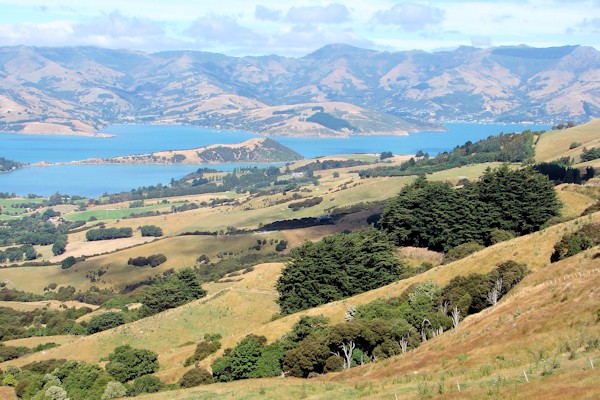 |
| The second major quake, in February 2011, was especially damaging to central Christchurch. This is the Catholic Cathedral. Note the cargo containers supporting the left wall. The Anglican Cathedral was also so seriously damaged that it cannot be rebuilt. | 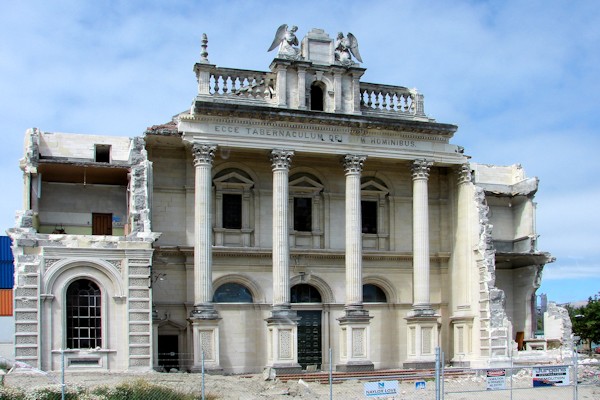 |
| This is another piece of downtown. Most of the downtown area remains impassible. | 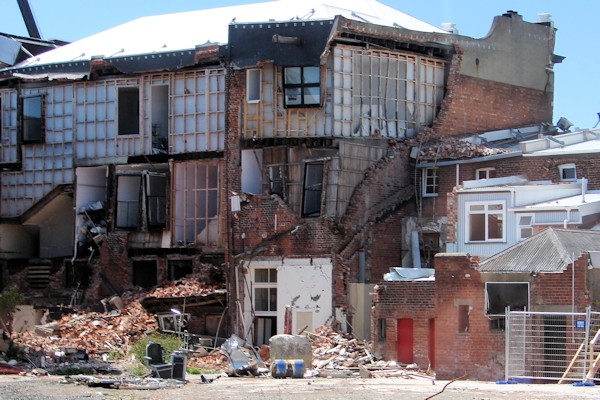 |
| At the Willowbrook Wildlife Preserve, there are a dozen or so Keas, otherwise known as alpine parrots. | 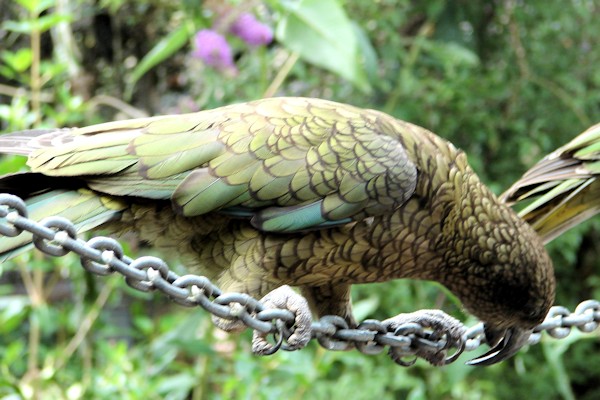 |
| The kunekune pig is about as ugly an animal as I have ever seen. They are supposed to be suitable as pets. Kunekune is Maori for "fat and round." | 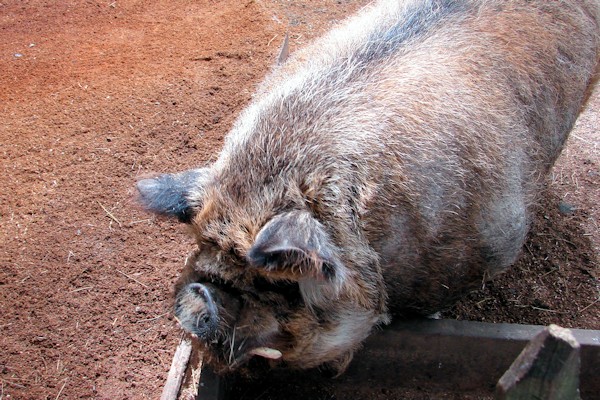 |
| After Christchurch, our next stop was Picton. Not a very famous place, but the north-most port on New Zealand's South Island. That means that there is a lot of ferry traffic to the North Island, Wellington in particular. | 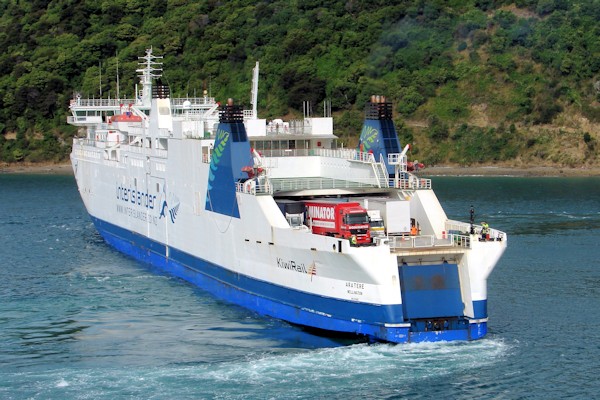 |
| Picton is also the gateway to New Zealand's Marlborough wine country. We visited Brancott Estates, where New Zealand's first Sauvignon Blanc was planted in 1975. We tasted several of their wines, but the Sauvignon Blanc was the only one that had distinction. Really good! | 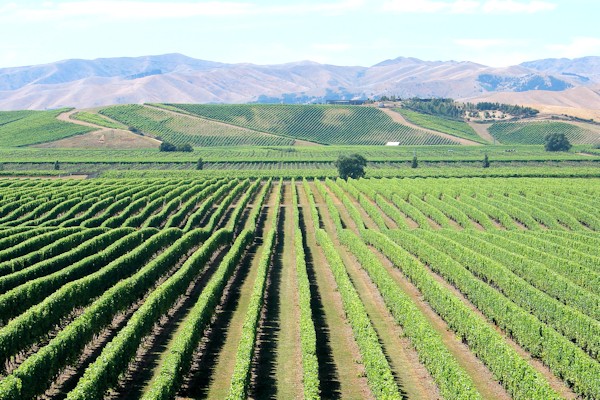 |
| Brancott has a project to revive an endangered species, the New Zealand falcon. Why is it endangered? Until the 13th century, there were no ground animals in New Zealand, so this bird nested on the ground, unlike our falcons which nest as high as possible. Serious self interest at work. Without falcons, birds gobble up the ripe grapes. | 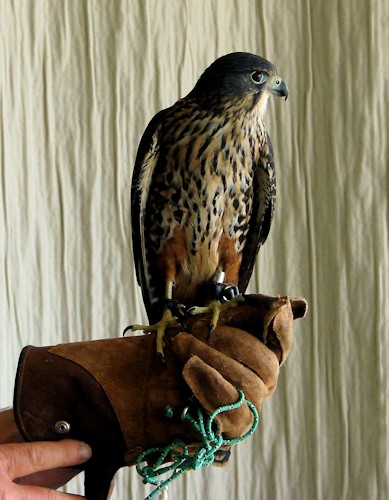 |
| The Omaka Aviation Museum just outside Blenheim, Marlborough, has four examples of the Fokker DR-1 triplane. None of the originals survived British bombing of Berlin in WW2; the museum housing them was totally destroyed. These reconstructions are based on the German drawings, and they fly. This one has the same paint job as the Red Baron's DR-1, in which he crashed on April 21, 1918. | 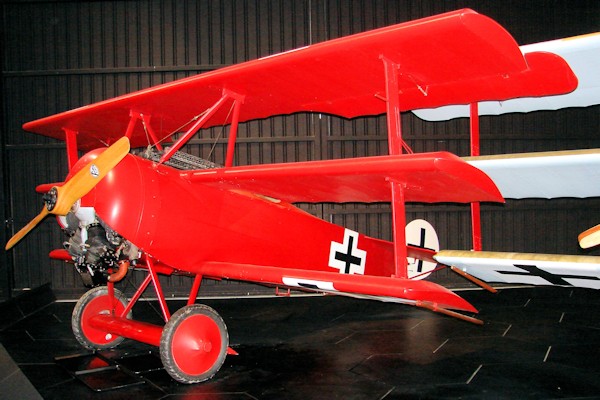 |
| Back to Bob & Janet's Home Page Back to Australia Forward to the North Island | |